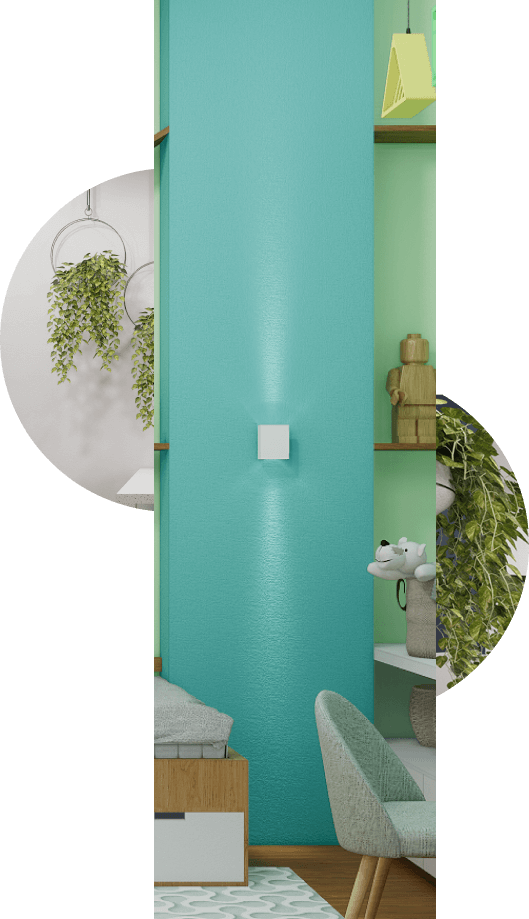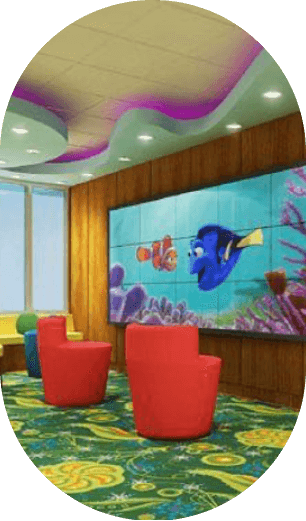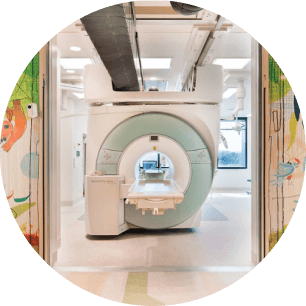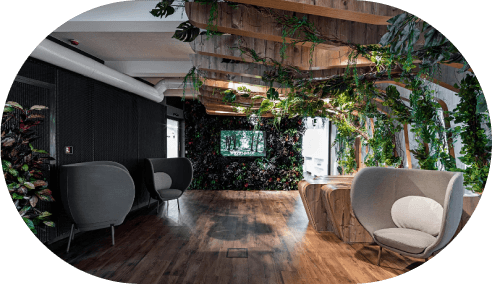In a constant search on how to positively impact people’s lives I decided to specialize in neuro-architecture and biophilic design. By having a deeper understanding of how different sensorial elements can impact peoples’ emotions, my goal is to bring psychological balance and harmony to transform homes and in turn lives.
Meet Neuro-Achitecture and Biophilic Design
Have you ever heard of neuro-architecture? What would spaces look like if architects designed buildings around the emotions, healing, and happiness of the user? Hospitals that promote patient recovery, schools that encourage creativity, work environments that make you more focused…
Neuro-architecture can be defined as a built environment designed with principles of neuroscience, which establishes spaces that encourage memory, improve cognitive abilities, avoid stress and/or stimulate the brain.
Considering the effect of environments on our brain and consequently on our behaviors, it is possible to involve the relationship in design research to achieve desired behaviors or avoiding undesired circumstances.
There are proven studies of designing effective environments based not only on technical parameters of legislation, ergonomics and environmental comfort, but also on subjective cues such as emotion, happiness and well-being.
Neuro-architecture lies at the intersection of neuroscience, psychology and architecture, its goal is to provide an empirical framework for creating environments that optimize human behavior, health and well-being.
How many times have you been in a place, whether it's a park, a real estate project, a shopping mall, a house, a building, and felt depressed and anxious, or on the contrary, happy and enthusiastic?


A few studies examples:
Study in pediatric waiting rooms shows that implementation of environmental satisfaction sources in the design of a health center is a means to achieve stress reduction. Juan Luis Higuera-Trujillo, Institute for Research and Innovation in Bioengineering (i3B), Universitat Politècnica de València, Valencia, Spain
Studies of the effect of nature on reducing patient stay in hospitals have been studied comparing the process of patients in different rooms according to their view of nature . It has shown that exposing patients to nature can produce substantial and clinically important alleviation of pain (Ulrich, 2008)1. Therefore nature in healthcare environments is emphasized by evidence based design, gaining more importance in hospital design. Maximizing the opening to nature will maximize the effect of treatments and speed up the healing process. A Review of the Research Literature on Evidence-Based Healthcare Design, R. Ulrich

Biophilic design is part of neuro-architecture and means the love of nature incorporated into built environments with greenery and natural elements. Biophilic design elements improve air quality, air circulation, circadian rhythm, heart rate and ordinary human health. When you incorporate biophilic designs with houseplants and natural patterns, you enhance the multi-sensory experience and stimulate visual connection.
Natural systems and the presence of water are trends in biophilic design. Thanks to Stephen Kellert in the 2000s (founder of biophilic designs) and Edward O. Wilson, it is possible to feel nature in the comfort of your home. Biophilic designs attract all that defines nature into spaces such as plants, sunlight, natural materials and fresh air.

Below are examples of how we incorporate biophilic design into our projects
-
1. Bringing the outdoors in
Decorating the home with plants is definitely a safe way to purify the air from the toxic environment and improve one's well-being.
-
2. Nature-inspired interiors
Abstracts and natural prints, furnishing pieces like floral prints for cushions, or pillows with plant patterns to incorporate biophilic design.
-
3. Natural materials:
Materials like wood, clay, cork, rattan and wool to add a natural feel and aesthetic to your home.
-
4. More light:
Abundant light regulates our moods and restores our hormonal balance. It helps speed up the production of oxytocin (the feel-good hormones), which energizes your day and stimulates your creativity.
-
5. Create fire
Not only is fire pleasing to the eye and functional for keeping warm, but it also enhances the color and relaxing atmosphere of spaces.
-
6. Water elements
A tabletop fountain or saltwater aquarium. This will incorporate the sounds of water into the spaces and connect to a body of water in the comfort of the home.
-
7. Color in earth tones
Palettes of neutral or earthy tones in subtle ways to create more natural spaces. Muted browns, greens and blues as they are soothing.
-
8. Organic shapes
Softly curved shapes, abstract shapes and asymmetrical shapes. They add beauty and a sense of dramatic imperfection to spaces.